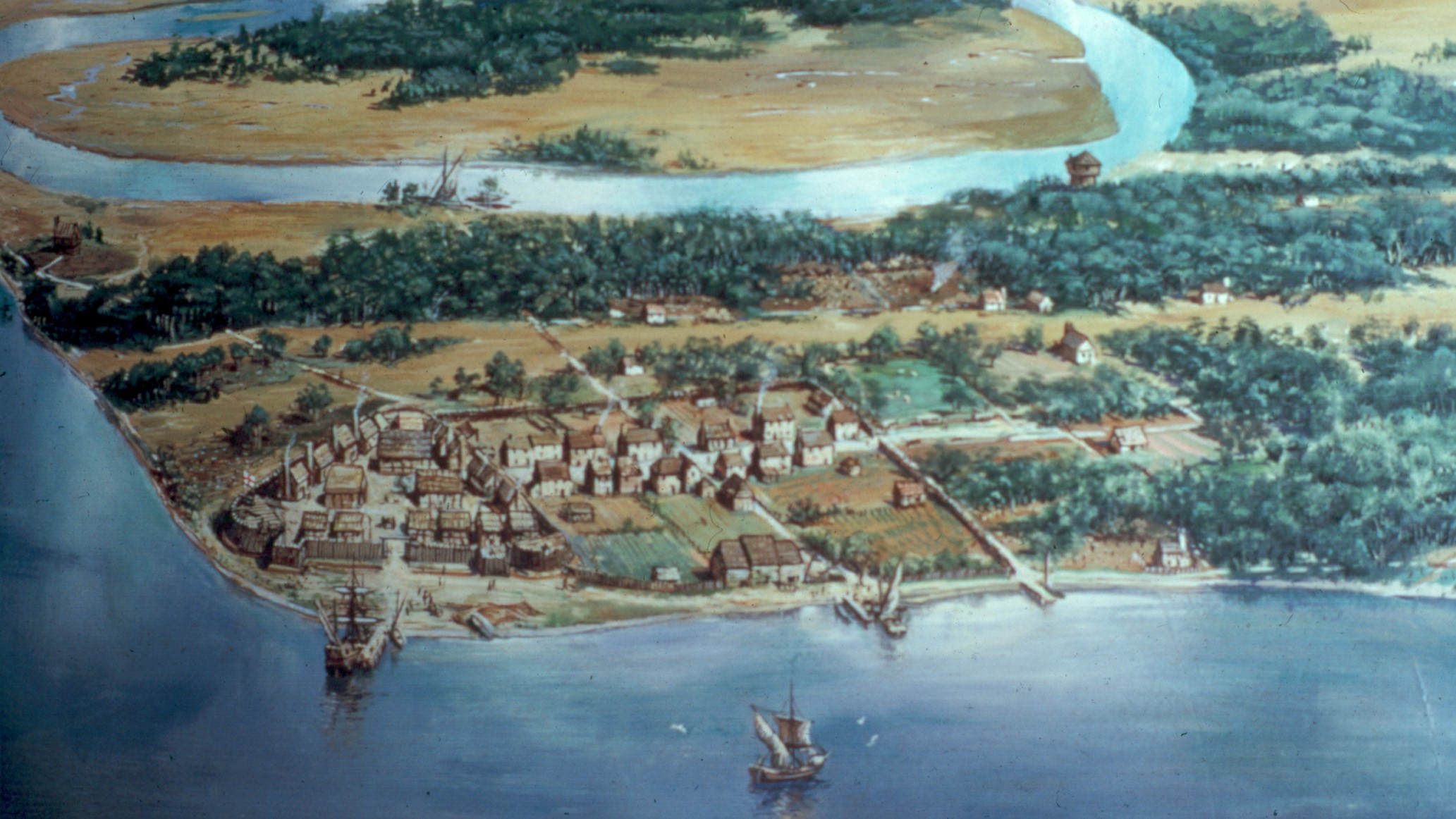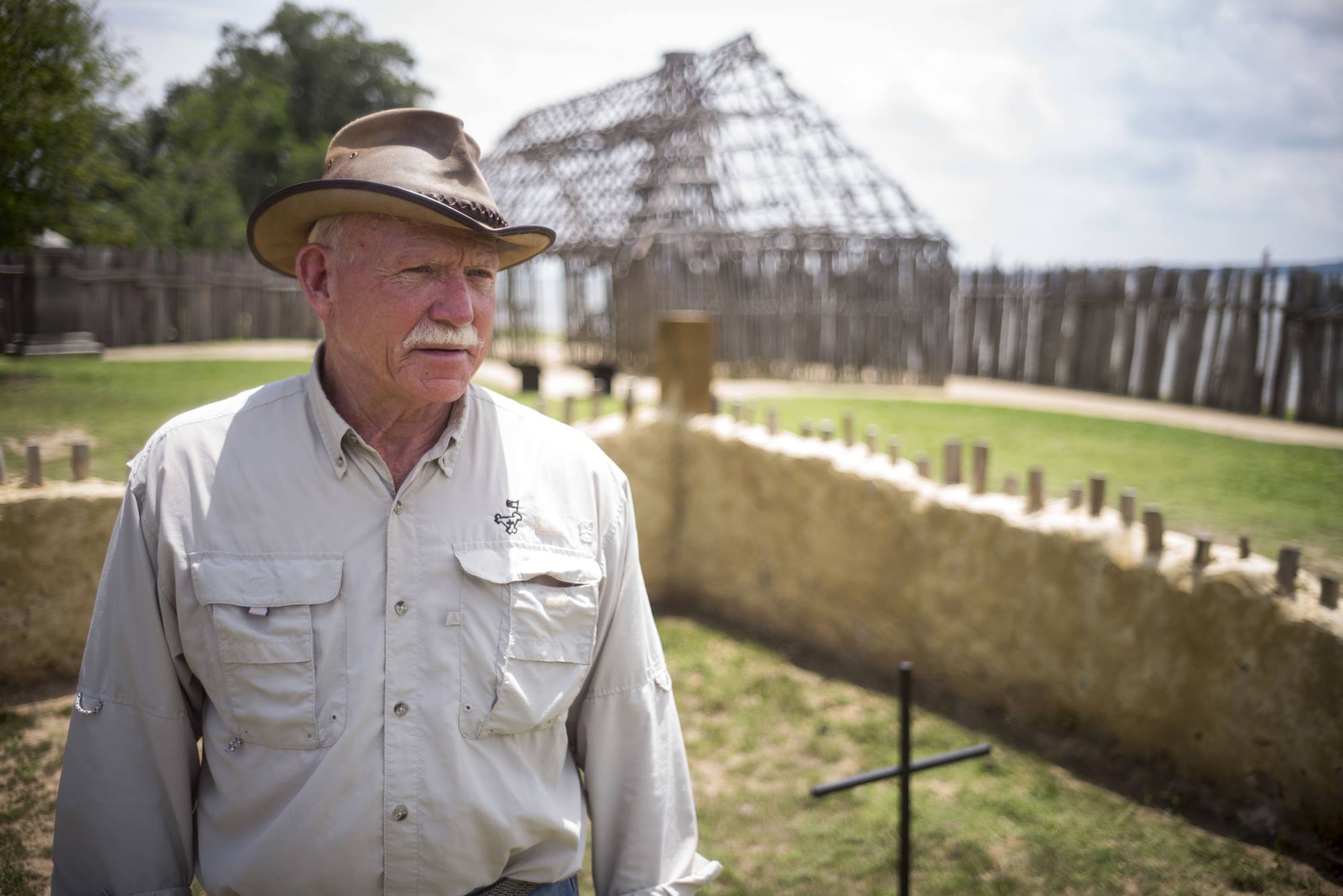Authors:
Historic Era: Era 1: Three Worlds Meet (Beginnings to 1620)
Historic Theme:
Subject:
Winter 2008, Summer 2025 | Volume 58, Issue 1


Authors:
Historic Era: Era 1: Three Worlds Meet (Beginnings to 1620)
Historic Theme:
Subject:
Winter 2008, Summer 2025 | Volume 58, Issue 1

Forget much of what you know about the Jamestown colony. For the past 200 years, many archaeologists and historians believed that the James River had largely eroded any traces of the original settlement over the intervening four centuries. Our excavations, ongoing since 1994, have proved otherwise: we have uncovered more than 250 feet of two palisade wall lines, the east bulwark line, three cellars, a building—all part of the original triangular fort. In addition, we have unearthed more than a million artifacts, most dating to the first years of the English settlement in 1607-1610. The soil has yielded a new understanding of the early years of Jamestown: a fresh picture not only of its settlers, their abilities, lives, and accomplishments, but of the interdependence between the English settlers and the Virginia Indians.
No one disputes the simple facts: on May 14, 1607, after a difficult voyage of more than five months, a band of adventurers lured by the promise of a better life landed on the banks of the James River and established the first enduring English settlement in the New World. By the time the Pilgrims reached Plymouth in 1620, much of the James River basin from the mouth of the Chesapeake Bay to within twenty miles of the site of modern Richmond had been settled by the English under the sponsorship of the Virginia Company. A group of men elected from the scattered settlements of Virginia met on Jamestown Island, the first expression of English representative government in North America.
But this dramatic and important story until recently has had few reliable details. The written records pertaining to Jamestown are scarce, ambiguous, and sometimes conflicting: maps of questionable accuracy; a few letters and official reports; published records written by interested parties (most famous among them John Smith, whose writings included the dubious tale of his own dramatic rescue by the Indian maiden Pocahontas.) From the accounts, we can tell the colony’s early history was troubled, beginning with an alleged mutiny during the crossing from England (blamed on John Smith) and continuing through many struggles for power and incidents of civil unrest. The colony faced other trials and hardships as well, including a major battle with the local Indians within weeks of arrival, an unfamiliar semitropical climate, lack of fresh water, meager and spoiled food, drought, and accidents.
The documentary evidence of the precariousness of life in early Jamestown and of the gap between the founders’ intentions and the colony’s achievements has led to a story of Jamestown over the generations that emphasized its shortcomings. Historian Edmund S. Morgan summarized conventional wisdom when he wrote in 1975 that “The adventurers who ventured capital lost it. Most of the settlers who